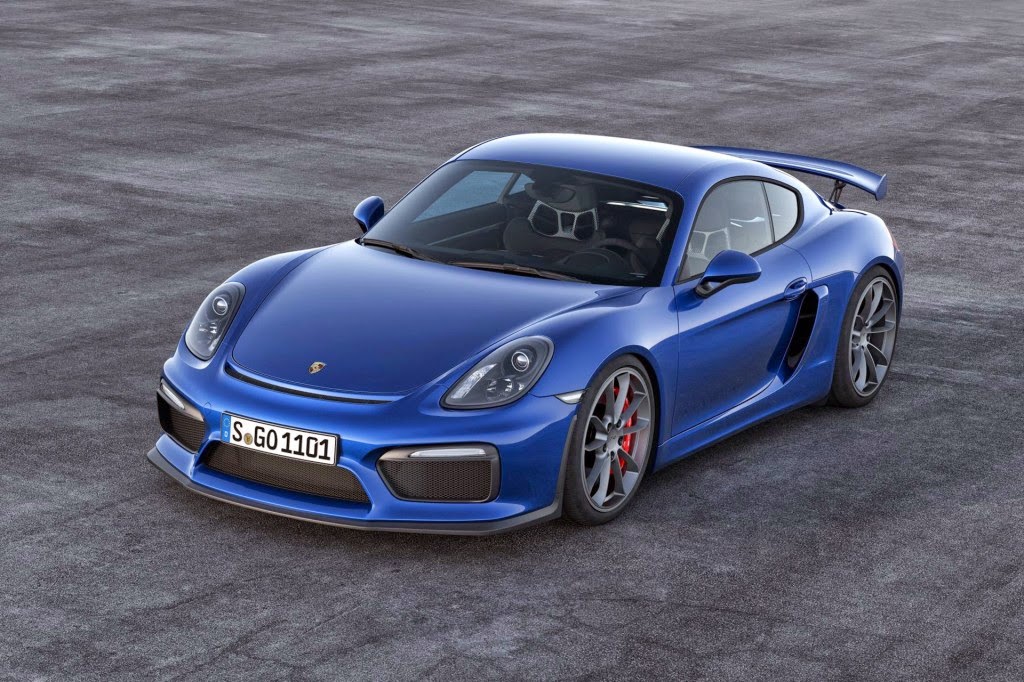1. Increased Carbon Fiber Usage In Cars
 This year, cars with carbon-fiber chassis and body panels will be introduced than ever before. We've already seen vehicles such as the new Ford F-150 use aluminum frames, which saved around 700 lbs of weight. Just imagine the amount of saved weight when carbon-fiber is used!
This year, cars with carbon-fiber chassis and body panels will be introduced than ever before. We've already seen vehicles such as the new Ford F-150 use aluminum frames, which saved around 700 lbs of weight. Just imagine the amount of saved weight when carbon-fiber is used! 2. Introduction of the 2017 Ford Focus RS
After some delays of the actual production date of the upcoming Ford Focus RS, it seems like this hot hatch will finally arrive in the dealerships during this year. But in case you forgot what this car was about, here is a brief summary.
"The Focus RS is an upgraded version of the ST, with an entirely-new torque-vectoring all wheel drive system, a six-speed manual gearbox, and a twin-scroll turbocharged 2.3 Liter Four-Cylinder Engine capable of more than 315 hp (same engine as Ford Mustang). Not a whole lot is known about this vehicle, but Ford says that the Focus RS will be build in limited quantities, and will be sold in the 'States unlike its predecessor."
Certainly, this car is worth all of the attention it seems to be receiving by other automotive news sources. The Focus RS will be the third hot hatch to enter the US market along with the introduction of the new Volkswagen Golf R and Honda Civic Type-R.
3. Conclusion of Volkswagen's Dieselgate
Long story short, VW used software to prevent their cars from emitting an immensely large amount of NOx when being tested for emissions. NOx contributes to Nitrogen Dioxide, or ground-level ozone. This increases the chance of asthma attacks, respiratory illnesses, and can have detrimental cardiovascular effects as well. It will be interesting to observe VW's actions towards redeeming their reputation and regaining the public's trust of diesels.
















